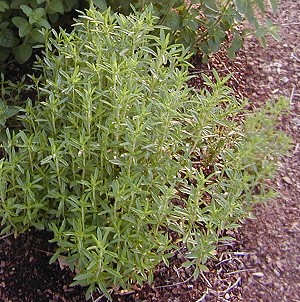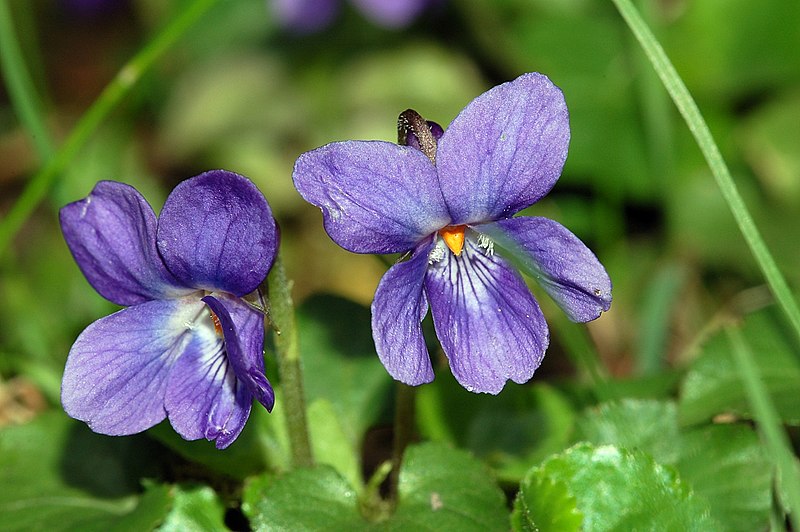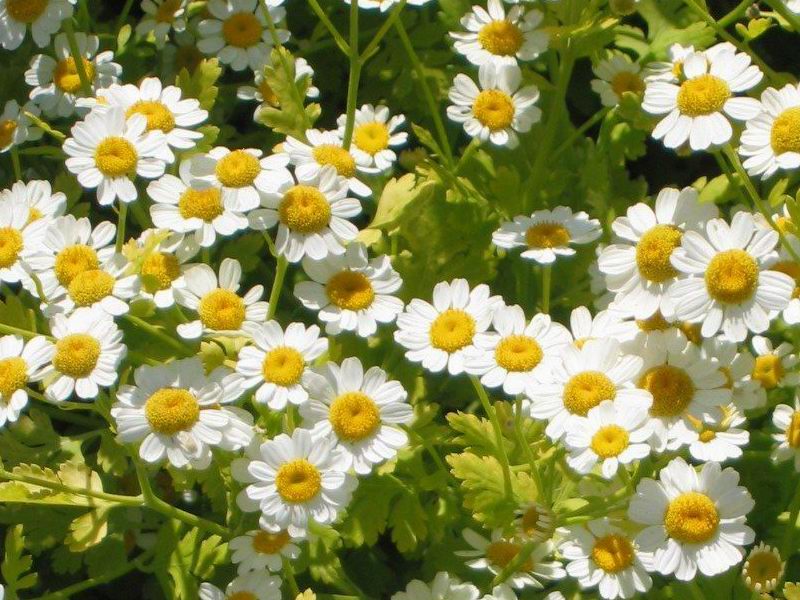Now, just imagine it... I put up a pair of sweat-pants and sweat-shirt, and ran to the bank. I probably looked like a hobo with my hair flying in all places, dressed like I'm insane and sweating like a pig cause of the medicines.
To top it all off, I've never payed anything via that electronic thingy they have at the bank yet, so I stood in front of it like a retarded, pressing random buttons, and trying to figure it all out.
Now, I know this sounds stupid but the fact was I didn't even know for like 2 minutes where should I insert the money, even if it had a huge picture of "insert money here" on the freaking machine. I tried stuffing it in in a whole other place until someone at the bank came up and told me what I actually had to do.
Well... at least I survived it better than I yesterday, when I managed to sneeze so hard I blew snot bubbles out of my nose. Disgusting, isn't it? (and I won't even mention how I ran out of tissues and even toilet paper so I had to go searching for kitchen napkins).
Dear god, how many times will I have to suffer trough a cold in my life?
Anyways, I guess the topic of today will fit in pretty good with what I wrote till now. A bunch of amazing medicinal plants, that is.
First off: Satureja montana or by its common name Winter Savory.

This plant is not only good as a spice (mostly used on chicken and turkey), it also has antiseptic, aromatic, carminative (A carminative, also known as carminativum (plural carminativa), is an herb or preparation that either prevents formation of gas in the gastrointestinal tract or facilitates the expulsion of said gas, thereby combatting flatulence. Carminatives have been shown to decrease lower esophageal pressure, which on the other hand increases the risk of Gastroesophageal Reflux Disease (GERD) or 'heartburn'), and digestive benefits. It is also one of the best medicines out there that can be used against against insect bites and stings.
The second one is Viola odorata, or by its common name sweet violet.

This little flower is really well known all around the world, and it isn't cultivated just for its beautiful purple flower. It's actually really good against colds, flu and coughs or sore throat, when it's brewed into a syrup, and if you decide a tea would be easier to make, it will be amazingly effective for relieving headaches and muscle and body pain.
The Tanacetum parthenium, or generally called the feverfew is our next stop for today.

This plant is really well known for its medicinal properties all around the world, and it is really well documented throughout history too. It's an anti-inflammatory, so it can treat rheumatism, arthritis and, most famously, migraine headaches and tension headaches. Since it's a natural serotonin inhibitor, it alleviates tension and general anxiety. It also helps to reduce swelling and bruising.
The next one will probably be really well known even amongst the kids all around the world - well the kids that actually saw nature in their life anyways.

The Burdock Herb (if you had to take them out of your clothes or even better: your hair, you probably had an amazing childhood) is a pretty good treatment against poison ivy and poison oak. It is also considered that dried burdock is a diuretic (it will increase the excretion of water from bodies), diaphoretic (causes increased perspiration), and a blood purifying agent.
Trifolium pratense, or by its common name red clover is again a plant that grows pretty much everywhere.

This plant will be mostly beneficial to women, because it is used to treat the symptoms of menopause. It also helps restore irregular menses and to balance the acid-alkaline level of the vagina to promote conception. But besides all this, it has been reported to be used for a variety of medicinal purposes, such as the treatment of bronchitis, burns, cancers, ulcers, sedation, asthma, and syphilis.
Blackberries (and no I'm not talking about mobiles and tablets) are loaded in antioxidants and vitamins, but the leaves and roots have value, too.

They are sometimes used in herbal medicine as a treatment for diarrhea and dysentery, and it is also useful as an anti-inflammatory and astringent (a chemical compound that tends to shrink or constrict body tissues, usually locally after topical medicinal application). The blackberries are ideal for treating cuts and inflammation in the mouth.
